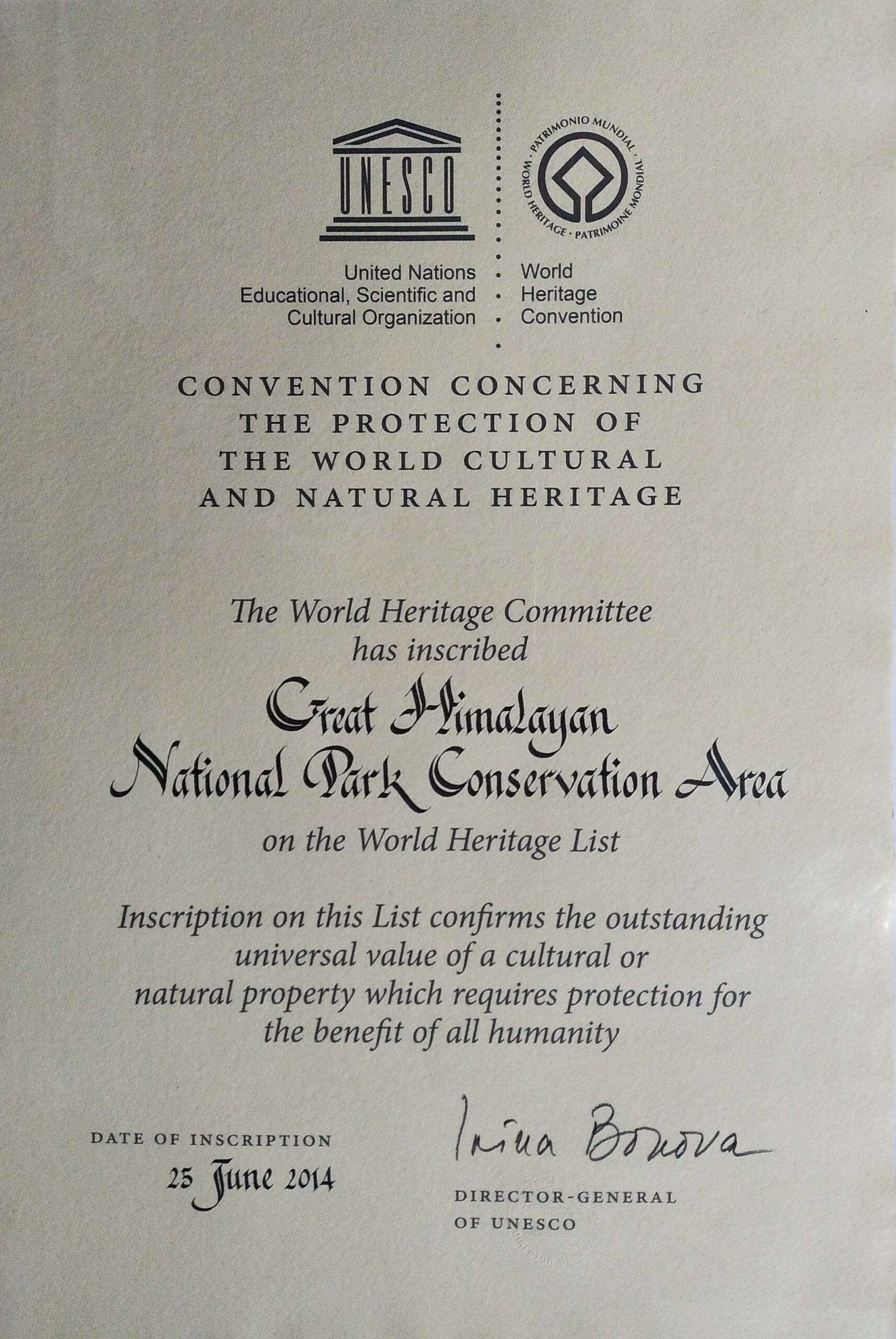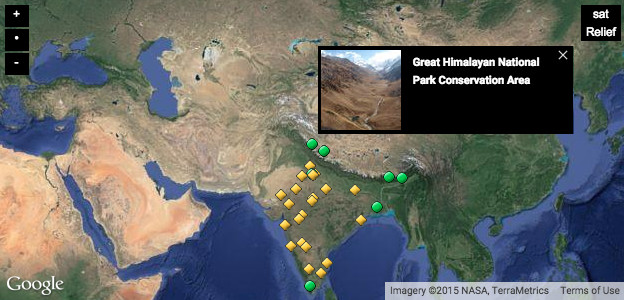
INTRODUCTION TO THE PARK
About UNESCO World Heritage Site
A World Heritage Site is a location listed by the United Nations Educational, Scientific and Cultural Organization (UNESCO) for its special cultural or natural significance. Examples of such sites include forests, mountains, lakes, islands, deserts, historic buildings, monuments, temple complexes, and ancient cities.
The official UNESCO World Heritage list is managed by the World Heritage Programme, which is overseen by the UNESCO World Heritage Committee. This committee is composed of 21 member states, elected by the UNESCO General Assembly.
The programme catalogues, protects, and promotes places of outstanding universal value through the Convention Concerning the Protection of the World Cultural and Natural Heritage, adopted on 16 November 1972. Since then, 191 countries have ratified the convention, making it one of the most widely adopted international agreements for heritage conservation.
As of 2014, there are 1,007 World Heritage Sites globally — including 779 cultural, 197 natural, and 31 mixed properties. Leading countries include:
-
Italy (50 sites)
-
China (47)
-
Spain (44)
-
France (39)
-
Germany (39)
-
Mexico (32)
-
India (32)
In India, 7 natural heritage sites are inscribed under UNESCO, including the Great Himalayan National Park (GHNP) in Himachal Pradesh.
In 2014, the Great Himalayan National Park was officially awarded World Heritage Natural Site status during the 38th World Heritage Committee meeting held in Doha, Qatar. During this process, it was decided that the Sainj Wildlife Sanctuary and Tirthan Wildlife Sanctuary, while part of the protected region, would remain separate from the national park, continuing as independent wildlife sanctuaries.

While each World Heritage Site in India remains under the jurisdiction of the Indian government, it is also protected as part of the common heritage of humanity and monitored under international conservation standards.
More About GHNP on UNESCO’s Website
Please click the link mentioned below, to see the detailed documentation from UNESCO on Great Himalayan National Park’s candidature as UNESCO World Heritage Site.
[External Link] UNESCO World Heritage Site Listing – GHNP




